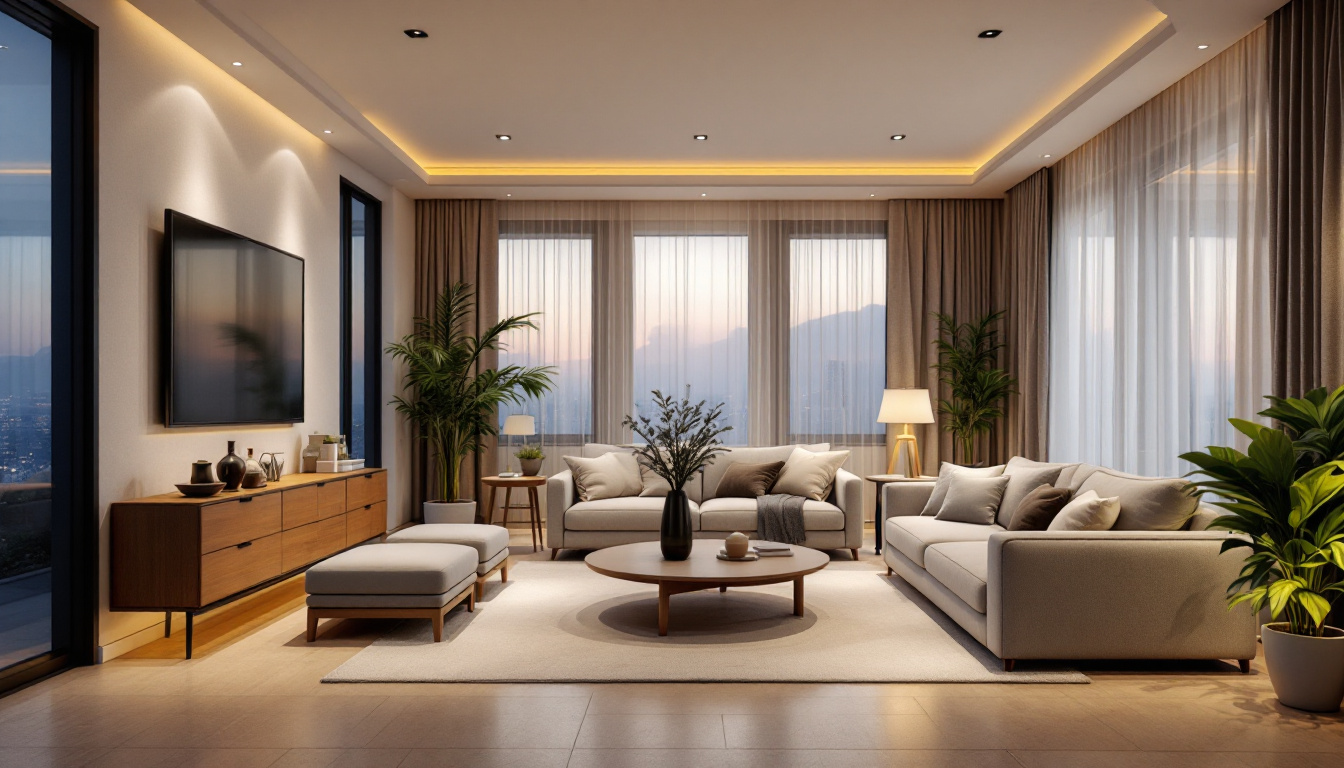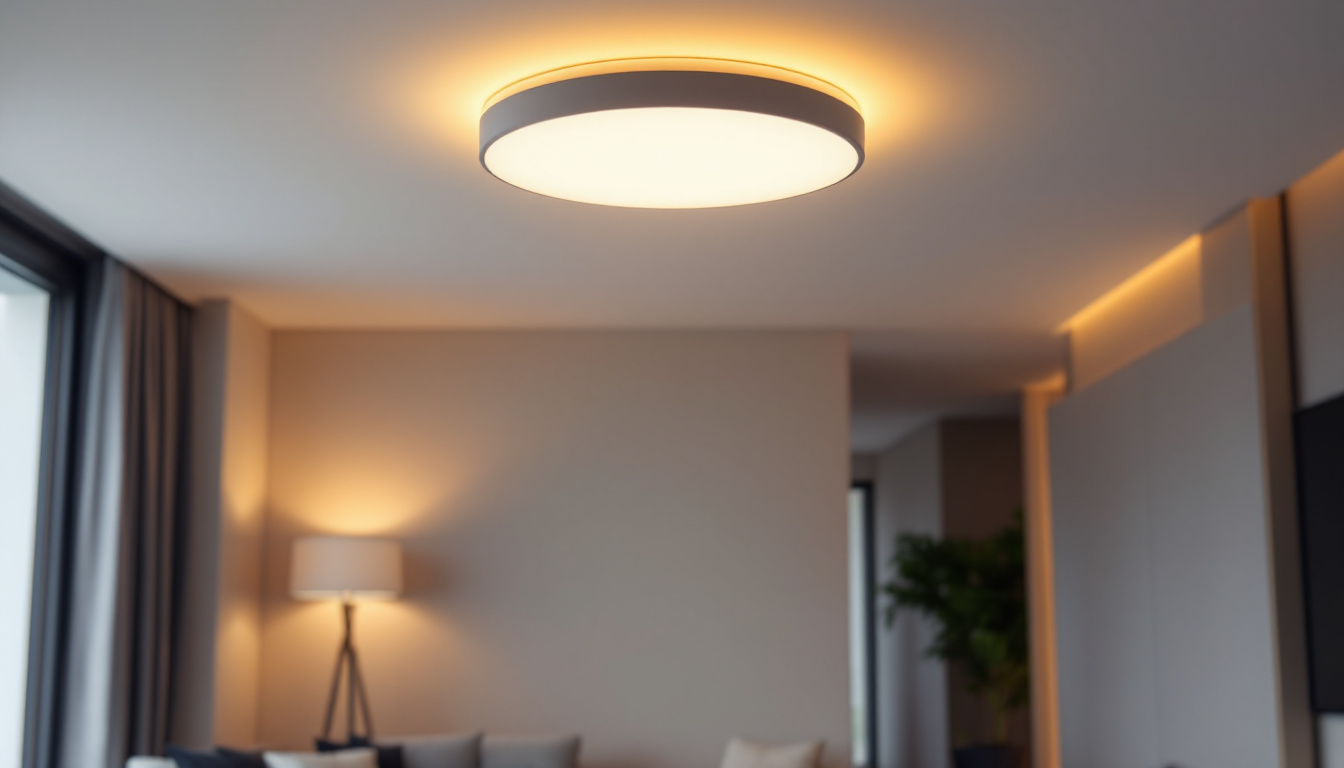
Fluorescent bulbs have been a staple in the lighting industry for decades, providing an efficient and versatile solution for both commercial and residential spaces. For lighting contractors, understanding the nuances of fluorescent lighting can not only enhance service offerings but also significantly boost business prospects. This article delves into the intricacies of fluorescent bulbs, their advantages, and how they can be leveraged to benefit a lighting contractor’s business.
Fluorescent bulbs are gas-discharge lamps that emit light when an electric current excites mercury vapor. This process produces ultraviolet light, which then causes a phosphor coating on the inside of the bulb to fluoresce, resulting in visible light. They are commonly available in various shapes and sizes, including linear tubes and compact designs, making them suitable for a wide range of applications.
These bulbs are known for their energy efficiency compared to traditional incandescent bulbs, consuming about 75% less energy while providing the same amount of light. This efficiency not only reduces electricity bills but also contributes to a lower carbon footprint, making fluorescent bulbs an environmentally friendly choice. Moreover, their longevity—often lasting up to 10,000 hours—means less frequent replacements, which can further minimize waste and the environmental impact associated with manufacturing and disposing of light bulbs.
Fluorescent bulbs come in several types, each designed for specific applications. The most common types include:
In addition to these common types, there are also specialty fluorescent bulbs designed for unique purposes, such as black lights used in artistic displays and aquariums, as well as grow lights that provide the specific light spectrum needed for plant growth. The versatility of fluorescent technology allows it to adapt to a multitude of settings, enhancing both functionality and aesthetics.
The operation of fluorescent bulbs is based on a simple yet effective principle. Inside the bulb, a small amount of mercury gas is contained, along with an inert gas. When electricity flows through the bulb, it excites the mercury vapor, producing ultraviolet light. This ultraviolet light then interacts with the phosphor coating on the bulb’s interior, creating visible light.
Fluorescent bulbs are typically available in various color temperatures, ranging from warm white to cool daylight, allowing contractors to choose the right type for their specific projects. This versatility is one of the reasons why they remain popular in both commercial and residential applications. Additionally, advancements in technology have led to the development of electronic ballasts, which improve efficiency and reduce flickering, further enhancing the user experience. These innovations ensure that fluorescent lighting continues to evolve, meeting the demands of modern lighting needs while maintaining its energy-saving benefits.
One of the most significant advantages of fluorescent bulbs is their energy efficiency. By consuming less power than traditional incandescent bulbs, they reduce energy costs for both consumers and businesses. This efficiency not only benefits the environment but also aligns with the growing demand for sustainable practices in the lighting industry.
For lighting contractors, promoting energy-efficient solutions can be a strong selling point. Clients are increasingly seeking ways to lower their energy bills, and fluorescent bulbs provide a straightforward solution that meets this demand. Additionally, many utility companies offer rebates or incentives for businesses that switch to energy-efficient lighting, further enhancing the appeal of fluorescent bulbs. This financial incentive can make the transition more attractive, allowing clients to recoup their investment more quickly while contributing to a greener planet.
Fluorescent bulbs have a longer lifespan compared to incandescent bulbs, often lasting up to 10,000 hours or more. This longevity means fewer replacements and less maintenance for clients, making them an attractive option for commercial settings where downtime can be costly.
Moreover, fluorescent bulbs are designed to withstand a certain amount of impact, making them suitable for various environments. This durability can be a key factor for contractors when discussing lighting options with clients, especially in high-traffic areas or industrial settings. In addition, the reduced frequency of bulb replacements not only saves money but also minimizes the environmental impact associated with manufacturing and disposing of light bulbs. As businesses become more environmentally conscious, the long-lasting nature of fluorescent bulbs can be a compelling reason to choose them over less durable options.
Fluorescent bulbs are incredibly versatile, making them suitable for a wide range of applications. From office buildings and retail spaces to schools and hospitals, these bulbs can be adapted to meet the specific lighting needs of different environments. Their availability in various shapes and sizes allows contractors to provide tailored solutions for each project.
This versatility extends to the ability to create different lighting atmospheres. By selecting bulbs with varying color temperatures, contractors can help clients achieve the desired ambiance, whether it’s a warm, inviting glow for a restaurant or bright, cool light for a workspace. Furthermore, advancements in technology have led to the development of dimmable fluorescent options, allowing for even greater control over lighting levels. This feature can enhance the functionality of spaces, enabling users to adjust lighting according to activities or moods, thus improving overall satisfaction and productivity in the environment.
For lighting contractors, understanding fluorescent lighting can enhance service offerings and set a business apart from competitors. By staying informed about the latest advancements in fluorescent technology, contractors can provide clients with innovative solutions that meet their evolving needs.
Offering a range of fluorescent lighting options, including energy-efficient solutions and smart lighting systems, can attract a broader client base. Additionally, educating clients about the benefits of fluorescent bulbs can position contractors as trusted advisors in the lighting industry.
In an era where cost-effectiveness is paramount, fluorescent bulbs present an appealing option for clients looking to reduce expenses. The initial investment in fluorescent lighting may be higher than traditional incandescent options, but the long-term savings on energy bills and maintenance costs make them a wise choice.
Contractors can emphasize the return on investment (ROI) that clients can expect from switching to fluorescent lighting. By providing detailed calculations and case studies, contractors can effectively communicate the financial benefits, making a compelling case for upgrading lighting systems.
The lighting industry is constantly evolving, with new technologies and trends emerging regularly. By embracing fluorescent lighting and its advantages, contractors can position themselves as leaders in the field. Staying informed about industry developments, such as advancements in LED technology and smart lighting solutions, can further enhance a contractor’s reputation and attract new business.
Additionally, offering specialized services, such as energy audits or lighting design consultations, can help contractors stand out in a competitive market. By providing comprehensive solutions that include fluorescent lighting, contractors can build long-term relationships with clients and foster repeat business.
Before implementing fluorescent lighting solutions, it’s essential for contractors to assess the specific needs of each client. This assessment should consider factors such as the size of the space, the intended use of the area, and the desired lighting ambiance.
Engaging in open dialogue with clients can provide valuable insights into their preferences and requirements. By asking targeted questions and actively listening to their responses, contractors can tailor their recommendations to best suit each client’s unique situation.
Once client needs have been assessed, the next step is to design an effective lighting plan that incorporates fluorescent bulbs. This plan should take into account the layout of the space, the placement of fixtures, and the desired light levels.
Utilizing lighting design software can aid in creating accurate simulations of how fluorescent lighting will look in the space. This allows clients to visualize the final result and make informed decisions about their lighting choices. Additionally, providing multiple options can empower clients to choose the solution that best fits their budget and aesthetic preferences.
Proper installation of fluorescent lighting is crucial for optimal performance and longevity. Contractors should ensure that all fixtures are installed according to manufacturer specifications and local building codes. This attention to detail can prevent issues down the line and enhance client satisfaction.
Furthermore, establishing a maintenance plan for fluorescent lighting systems can help clients maximize the lifespan of their bulbs. Regular inspections and timely replacements can prevent unexpected outages and maintain consistent light quality. Offering maintenance services can also create an additional revenue stream for contractors.
Fluorescent bulbs represent a valuable opportunity for lighting contractors to enhance their service offerings and boost business growth. By understanding the intricacies of fluorescent lighting, contractors can provide clients with energy-efficient, durable, and versatile solutions that meet their specific needs.
As the lighting industry continues to evolve, staying informed about advancements in fluorescent technology and emerging trends will be essential for contractors looking to remain competitive. By embracing these opportunities and providing exceptional service, lighting contractors can position themselves as trusted partners in the quest for effective and sustainable lighting solutions.
In summary, the integration of fluorescent bulbs into a contractor’s offerings not only benefits clients but also fosters long-term business success. By focusing on energy efficiency, longevity, and versatility, contractors can create a compelling case for the adoption of fluorescent lighting, ensuring a brighter future for their business.
Ready to elevate your lighting solutions and give your business the competitive edge it deserves? Look no further than LumenWholesale for a comprehensive range of energy-efficient, durable, and versatile fluorescent bulbs. Our commitment to quality and affordability ensures you have access to the best spec-grade lighting products at wholesale prices. Say goodbye to middleman markups and hello to hassle-free bulk buying with free shipping. Make the smart choice for your lighting needs and discover the best value in wholesale lighting today with LumenWholesale.

Discover the transformative power of 3-inch recessed lighting in enhancing your home’s ambiance.

Discover how 8 ft LED lights are revolutionizing the lighting industry, offering contractors unparalleled efficiency, cost savings, and design flexibility.

Discover the benefits of indoor up lighting for energy efficiency, cost savings, and enhanced ambiance. Learn expert tips and boost your lighting design today!.

Discover how LED ceiling lights flush mount designs are revolutionizing the lighting industry with their energy efficiency, sleek aesthetics, and versatile applications.